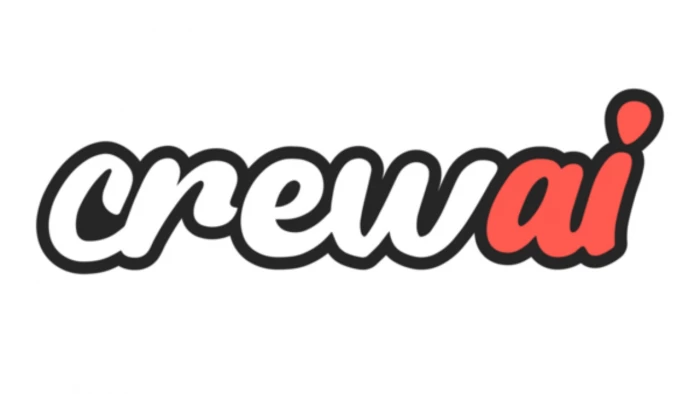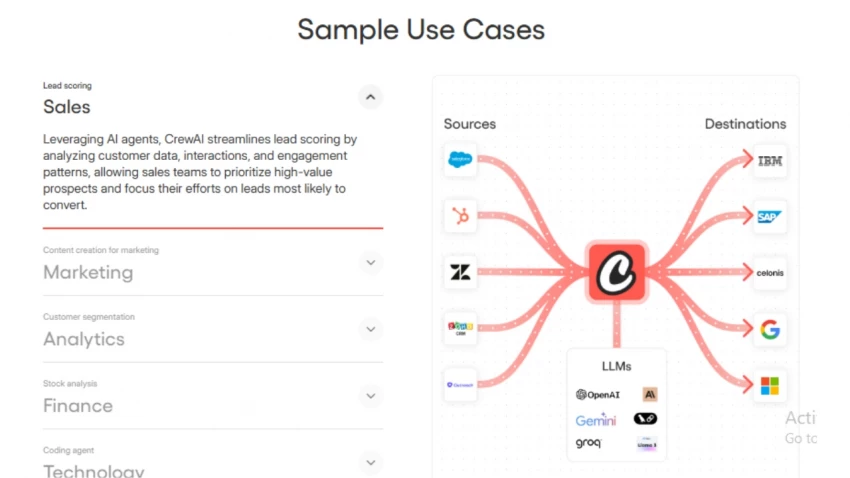

Artificial intelligence frameworks for multi-agent collaboration have become a cornerstone of advanced AI development. Among the most discussed options is CrewAI, an open-source Python framework designed to create teams of agents capable of working together on complex workflows. With its growing popularity across developer and enterprise communities, CrewAI is often praised for its flexibility, modular design, and enterprise-ready features. However, it also faces criticism around debugging, privacy, and performance. This review explores the strengths, weaknesses, and real-world potential of CrewAI, offering a balanced assessment for anyone considering its adoption.
CrewAI is an open-source multi-agent orchestration framework that enables developers to define, manage, and deploy AI agents in collaborative workflows. Unlike single-agent frameworks, CrewAI organizes agents into a Crew, where each agent is assigned specific roles, backstories, and tasks. For example, one agent may act as a Researcher, another as an Analyst, and a third as a Writer, each contributing to the completion of a broader objective.
Built in Python, CrewAI integrates with large language models (LLMs) such as GPT-4, Claude, or open-source models. It supports both local and cloud deployments, with integration options for AWS Bedrock and similar enterprise platforms (AWS).
To run CrewAI, developers need:
The installation process is relatively straightforward. Developers can install CrewAI through pip and configure agents via YAML or Python scripts. While setup is beginner-friendly for those with coding experience, CrewAI is not designed as a no-code solution, which limits accessibility for non-technical users.
CrewAI’s documentation is praised for clarity, with practical examples and a structured learning curve for simple workflows. However, advanced workflows often require deep experimentation, and debugging tools remain underdeveloped.
CrewAI introduces a unique approach by allowing developers to define roles, goals, and backstories for each agent. This structured design enhances collaboration, as agents interact more predictably within workflows. Unlike frameworks that emphasize ad-hoc communication, CrewAI provides a systematic architecture for complex tasks.
CrewAI is fully open-source, with active community contributions. Developers can integrate various LLMs, from state-of-the-art models like GPT-4 to smaller, local models. This flexibility makes it suitable for both lightweight prototypes and enterprise-scale applications.
CrewAI integrates seamlessly with enterprise ecosystems. AWS Bedrock support enables scalable deployments, while compatibility with LangChain expands workflow possibilities. This makes CrewAI a practical option for organizations exploring agentic AI in production environments (AWS Blog).
Developers report that CrewAI’s documentation offers step-by-step guidance for basic tasks, easing adoption. Compared with other frameworks, CrewAI provides more real-world examples that shorten the initial learning curve.
An active developer community supports CrewAI through forums, GitHub discussions, and blog posts. This ecosystem accelerates troubleshooting and encourages collaboration on best practices.

A recurring complaint is poor logging inside tasks. Unit testing is nearly impossible, and developers struggle to identify why workflows fail. This creates friction for complex deployments, where debugging efficiency is critical (Ondrej Popelka, Medium).
Workflow execution times range from 5 to 10 minutes per run, depending on complexity. For iterative pipelines, this significantly increases cost and delays. Compared with direct API usage, CrewAI can be slower and more expensive (Timurai AI, Medium).
Users discovered that CrewAI sends telemetry data to external servers without an opt-out option. For organizations handling sensitive information, this is a major barrier to adoption (Reddit).
Although CrewAI supports multiple LLMs, smaller models (7B scale) often struggle with tool or function calling. This reduces usability for organizations relying on cost-efficient or privacy-first local models (Timothy Urista, Medium).
Despite marketing claims of Fortune 500 adoption, independent reviews on platforms like G2 or Trustpilot are scarce. This lack of external validation raises questions about the extent of its real-world usage (Reply.io).
CrewAI competes with several multi-agent frameworks, including AutoGen, LangGraph, and Langroid. Each framework has unique strengths and weaknesses.
| Feature | CrewAI | AutoGen | LangGraph | Langroid |
|---|---|---|---|---|
| Ease of Use | Structured setup, role-based workflows | Open-ended, flexible | Modular but requires manual configuration | Lightweight, avoids LangChain overlap |
| Debugging | Limited logging, hard to test | Better tooling for debugging | Mixed, improving steadily | Simplified error tracking |
| Workflow Type | Best for defined, role-based workflows | Excels in iterative, dynamic collaboration | Flexible graph-based workflows | Focused on simple coordination |
| Deployment | Enterprise-ready, supports AWS | Limited enterprise focus | Strong modular deployment | Lightweight, community-driven |
| Model Support | Broad LLM integration | Works best with OpenAI ecosystem | Supports open and closed models | Primarily open-source focus |
CrewAI’s strength lies in defined, modular workflows, while alternatives such as AutoGen excel in open-ended collaboration. LangGraph and Langroid appeal to developers seeking flexibility without heavy dependencies (Oxylabs, Aaron Yuqi, Medium)
CrewAI is best suited for:
CrewAI may not be ideal for:
CrewAI continues to evolve through open-source contributions and enterprise integrations. Areas for potential improvement include:
If these areas are addressed, CrewAI could strengthen its position as a leading multi-agent framework.
CrewAI represents a significant step toward operationalizing AI-as-a-team. Its structured design, open-source foundation, and enterprise integrations make it a powerful option for developers and businesses exploring agentic AI. However, limitations around debugging, performance, and privacy must be carefully considered. Organizations should start with pilot projects, test workflows under real-world conditions, and compare CrewAI against alternatives like AutoGen and LangGraph before committing to large-scale adoption.
For technical teams seeking structured, collaborative AI workflows, CrewAI is a compelling but imperfect solution. Its potential is clear, but its maturity will depend on continued development and community feedback.
Be the first to post comment!